Cut to the Core: The Long-Term Effects of FGM
Female genital mutilation, or FGM, is a procedure in which a woman’s reproductive organs are cut, pierced, or otherwise manipulated. The procedure is painful or even fatal when it takes place, but the negative impacts of FGM last a lifetime. Contrary to popular belief, FGM is not sanctioned by any particular religion. Rather, it is practiced all over the world as a rite of passage or as a means to curb women’s sexuality.
Over 200 million women alive today have been cut. Most of them were children when the people they loved and trusted most violated their bodies and rights.
There are different types of FGM.

– Luca Zordan for UNFPA
The most common forms of FGM involve the partial or full removal of the clitoris and the labia.
The most harmful type of FGM is called infibulation. This is when part of the labia is cut and resewn onto the body to obstruct the vaginal opening. There is no medical justification for the practice, unlike male circumcision, which can prevent the spread of HIV. All forms of FGM are dangerous, painful, and they impose adverse long-term health impacts on survivors.
Here are five long-term health outcomes a girl faces when she’s cut:
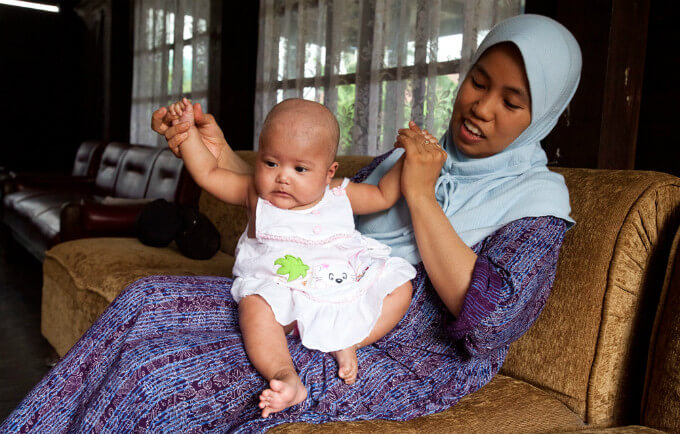
Infections, including a greater chance of acquiring HIV
The possibility for infections exists both at the time of cutting and for years afterwards. Oftentimes, FGM is carried out as part of a community ceremony where a group of girls of the same age are cut at the same time. One razor is often used to cut multiple girls, presenting the possibility HIV transmission. If the cut becomes contaminated, infections can also occur in the days after the procedure. Finally, for women who have experienced infibulation, fluids like urine and menstrual blood can be prevented from leaving the body, causing painful abscesses, cysts, and infection. Urinary tract infections, for example, are common experiences among women who have undergone FGM.
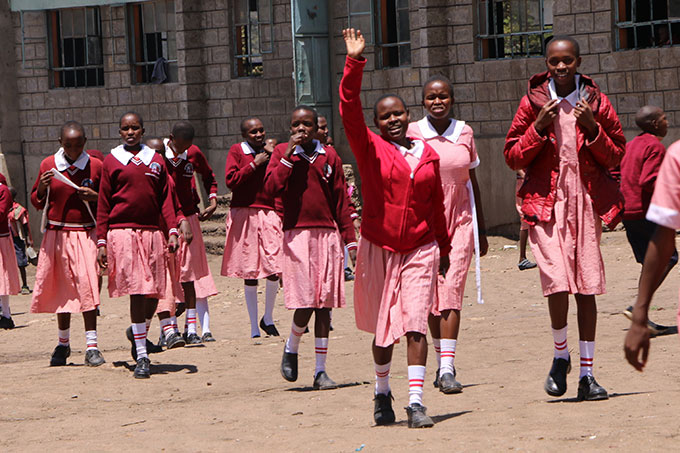
© UNFPA Kenya/Douglas Waudo
Anemia
Along with the potential for infections, women lose a lot of blood when they’re cut. This is most acute at the time of cutting, but due to the location of the cuts, some women experience irritation while they’re walking or using the bathroom. This can prolong the healing process and lead to anemia, a condition in which a person doesn’t have enough healthy red blood cells. Anemia causes fatigue, dizziness, and lightheartedness which are severe enough to interfere with a woman’s daily life. Anemia is also linked to miscarriage and infertility and in girls, can cause developmental delays, especially when coupled with malnutrition or endemic diseases like malaria.
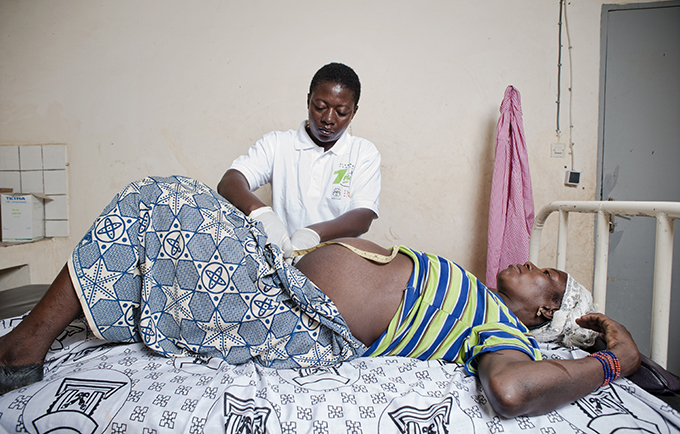
Greater risk of fetal death and obstetric fistula
Women who have experienced FGM, sometimes already at risk for infertility and miscarriage from other diseases or malnutrition, are also more likely to have a stillborn baby or develop an obstetric fistula. These can both happen when the vaginal opening is too small for a baby to pass through, as is sometimes the case with FGM. Prolonged labor can lead to suffocation or injury by contractions for the baby and the mother may develop a fistula, or a hole or tear between the birth canal and her bladder or intestines. This can cause leakage of urine and fecal matter, leading to infections, social isolation, and shame. It is possible for a mother to develop a fistula and lose her baby during birth.
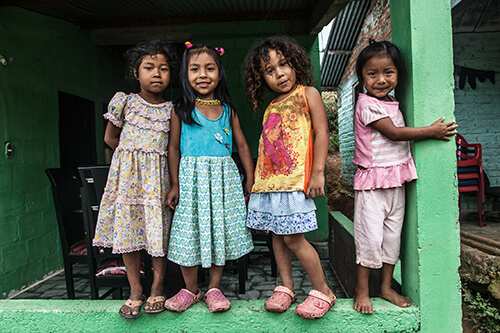
Psychological issues
There are many psychological issues reported in relation to FGM. Girls can develop behavioral issues after the procedure as a result of the profound pain and sometimes deceit from the people they love and trust. They may be less willing to listen to their parents or teachers. Others find it difficult or impossible to deal with the disfigurement of their bodies. Some women experience sexual dysfunction, such as painful sex, lack of desire, bleeding, or inability to experience penetration as a result of FGM and its associated infections. This is especially distressing to women who want to have a healthy and intimate relationship with their partners and for women who wish to have children.
The cruel irony is that FGM is often performed as a prerequisite to marriage and childbearing, but the practice can result in infertility and complications that make it impossible for a woman to fulfill the marital and motherhood roles often assigned to her.
This can cause women to feel as if they’re not a real woman or that they are unworthy of love because of their inability to reproduce and fully partake in marital relationships. Finally, the women who lose their babies as a result of pregnancy or birth complications related to FGM may feel extreme guilt and grief. Other women may feel similarly ashamed for having their daughters cut to fit social norms, even when they know the repercussions of FGM themselves.
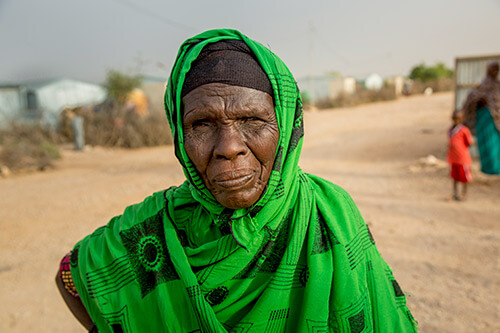
© UNFPA/Georgina Goodwin
The necessity of being recut
Finally, some women, especially those who have been infibulated, experience FGM multiple times throughout their life. The first cut is usually while the girl is a child, often right after birth or after her first period, though each community is different and can perform the procedure at any time. The second time a woman is cut is in preparation for intercourse after her marriage. In this case, the vaginal opening must be made larger to accommodate a penis. The next time she is cut is in preparation for childbirth. Sometimes the new cut may not be enough to prevent difficult intercourse or childbirth, but always, FGM exposes women to unnecessary and potentially fatal harm.
Female genital mutilation is a destructive practice that causes women unimaginable pain, from the moment she is cut through the rest of her life. It can become a barrier to healthy social relationships and be detrimental to a woman’s sense of self. UNFPA works around the world to pass laws against the practice, to educate communities on the harms of FGM, and to encourage collective community abandonment, the most effective way to end the practice. In this way, no more girls will be needlessly cut or have their rights and bodies violated.
– Dana Kirkegaard